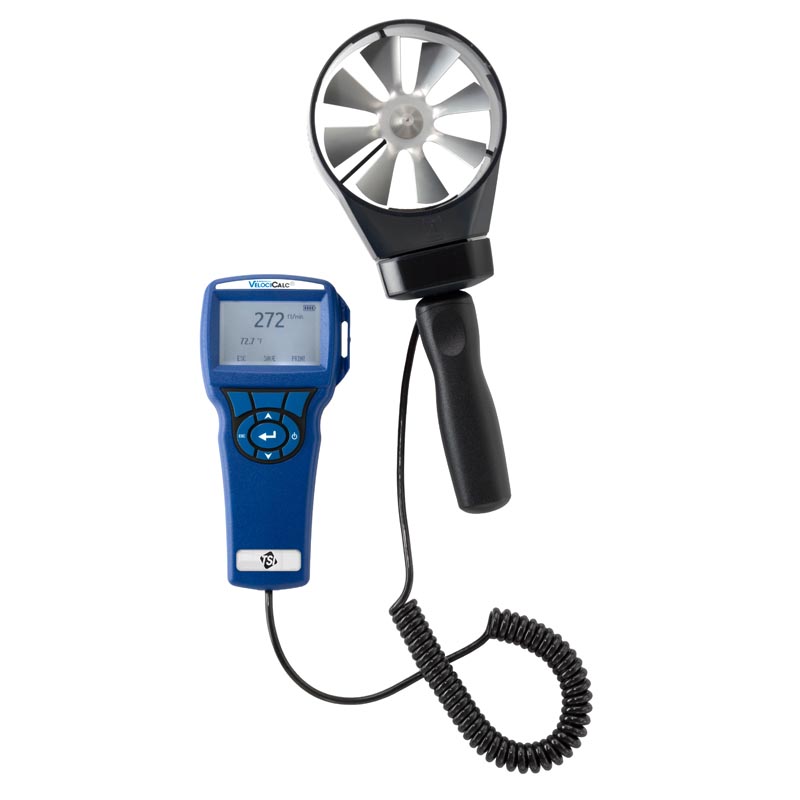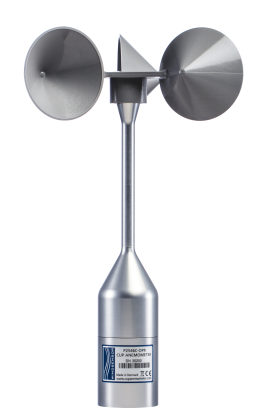How an Anemometer Can Boost Your Weather Tracking System
How an Anemometer Can Boost Your Weather Tracking System
Blog Article
All You Required to Know Regarding Anemometers: Exactly How They Function, Why They Matter, and Where to Utilize Them
Anemometers, however often neglected in the realm of clinical tools, play a vital role in different areas, using valuable insights into wind speed and air movement patterns. As we delve into the ins and outs of anemometer innovation, we will certainly uncover the internal functions of these devices, their value, and the crucial considerations when choosing the best anemometer for particular applications.

Anemometer Essentials
A necessary instrument utilized to gauge wind rate and direction, the anemometer plays a vital function in weather forecasting and numerous markets. An anemometer usually is composed of 3 or 4 cups that revolve in the wind, a vane that points into the wind, and sensors to track the movements or rotations. By determining the turnings or movements over a details time duration, the anemometer can figure out wind speed. The vane assists figure out wind direction by directing right into the wind, supplying valuable data for weather condition projecting, aeronautics, maritime procedures, ecological monitoring, and wind energy applications.
There are various types of anemometers offered, consisting of cup anemometers, vane anemometers, hot-wire anemometers, and sonic anemometers, each with its one-of-a-kind features and applications. Mug anemometers are generally used for standard wind speed measurements, while vane anemometers are liked for directional dimensions.
Principles of Anemometer Procedure
Building on the foundational understanding of anemometer basics, the principles of anemometer procedure illuminate the auto mechanics behind wind rate and instructions measurements. Anemometers operate the concept of air movement impacting a sensing unit, creating it to rotate. Mug anemometers, as an example, have 3 or more mugs that record the wind, causing them to rotate much faster as the wind rate increases. The rotation rate is then exchanged a wind rate measurement. Vane anemometers, on the various other hand, utilize a tail or a probe that straightens itself with the wind instructions, offering a dimension of wind instructions based on the alignment of the sensor. Hot-wire anemometers count on a heated cable that cools down as wind overlooks it, with the price of cooling establishing the wind speed. Ultrasonic anemometers procedure wind rate and direction by assessing the time it considers ultrasonic signals to take a trip in between transducers. Comprehending these concepts is crucial for reliable and exact wind dimensions in different applications.
Significance of Anemometers
The value of anemometers in meteorology and various markets can not be overemphasized. Anemometers play an important duty in gauging wind rate and direction, offering vital data for weather condition forecasting, environment research studies, ecological surveillance, and air travel operations. Meteorologists count on anemometers to gather exact wind data, helping them recognize weather patterns, discover this info here anticipate tornados, and problem prompt warnings to the public. In sectors such as building, farming, eco-friendly energy, and maritime operations, anemometers are used to maximize procedures, make sure safety and security, and boost performance. As an example, wind farm operators use anemometers to assess wind conditions and take full advantage of electricity production from wind turbines. In the maritime market, anemometers help ship navigation by giving real-time wind details to captains, aiding them make educated choices to guarantee secure voyages. Overall, anemometers are essential tools that contribute significantly to security, performance, and notified decision-making in weather forecasting and a vast array of sectors.
Applications Across Various Industries
Applications of anemometers span throughout varied industries, showcasing their adaptability and energy beyond weather forecasting. In the renewable resource industry, anemometers play an important function in analyzing wind conditions for wind farm placements, ensuring optimal power production. Industries like building and construction and mining utilize anemometers to monitor wind rates, essential for security procedures, specifically when operating at elevations or in open-pit mines where strong winds can pose threats. Anemometers are additionally important in the aviation industry, aiding pilots in recognizing airspeed and wind instructions for safe liftoffs and touchdowns. The maritime field benefits read the full info here from anemometers for ship navigating, helping sailors anticipate weather modifications and readjust paths appropriately. In farming, anemometers assist farmers in managing crop spraying by supplying real-time data on wind rate to stay clear of drift. Furthermore, anemometers locate applications in heating and cooling systems to enhance air flow and boost power effectiveness in buildings. The varied use cases of anemometers emphasize their significance across numerous sectors, highlighting their crucial function in enhancing operational safety and security and performance (anemometer).

Selecting the Right Anemometer for Your Needs
For basic purposes, a mug anemometer is appropriate for gauging wind speed, while a vane anemometer gives wind direction information. Hot-wire anemometers are suitable for low airspeed measurements, and ultrasonic anemometers offer high accuracy and resilience.

Verdict
To conclude, anemometers play a vital duty in determining wind speed and instructions across numerous sectors. Comprehending the concepts of anemometer operation is essential for picking the appropriate tool for particular requirements. From meteorology to aeronautics, anemometers are vital tools for accumulating accurate data and guaranteeing safety and security in different applications. When selecting the most suitable tool for measuring wind problems., it is crucial to take into consideration the value of anemometers in order to make educated decisions.
There are various types of anemometers readily available, consisting of mug anemometers, vane anemometers, hot-wire anemometers, and sonic anemometers, each with its distinct attributes and applications. Cup anemometers are generally used for standard wind speed measurements, while vane anemometers are chosen for directional dimensions. Hot-wire anemometers are ideal for reduced airspeeds, and sonic anemometers are optimal for high-precision measurements in research study and commercial setups.Structure on the foundational understanding of anemometer fundamentals, the concepts of anemometer procedure elucidate the technicians behind wind speed and direction dimensions. For basic purposes, a mug anemometer is suitable for measuring wind rate, while a vane anemometer supplies wind instructions information.
Report this page